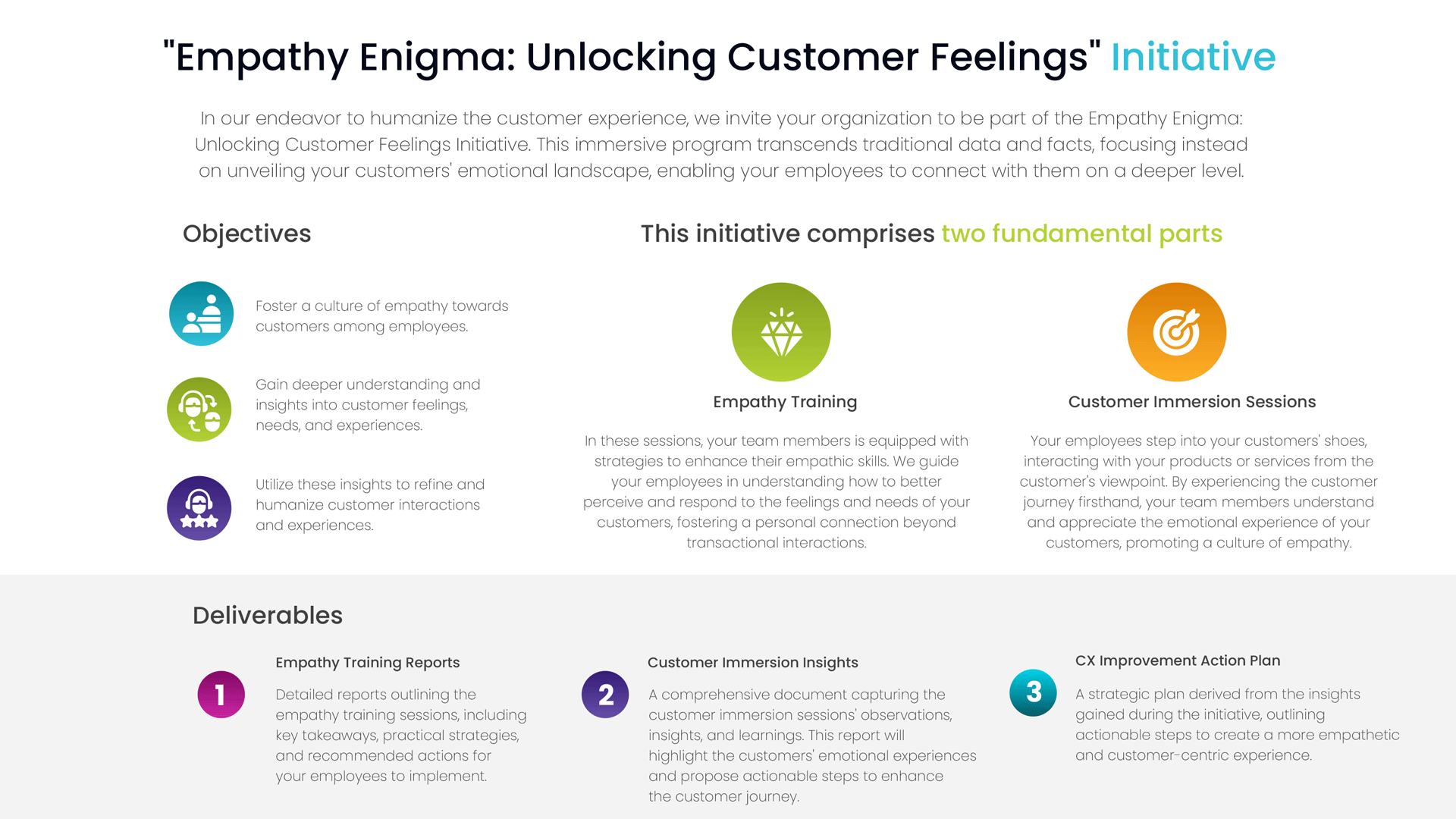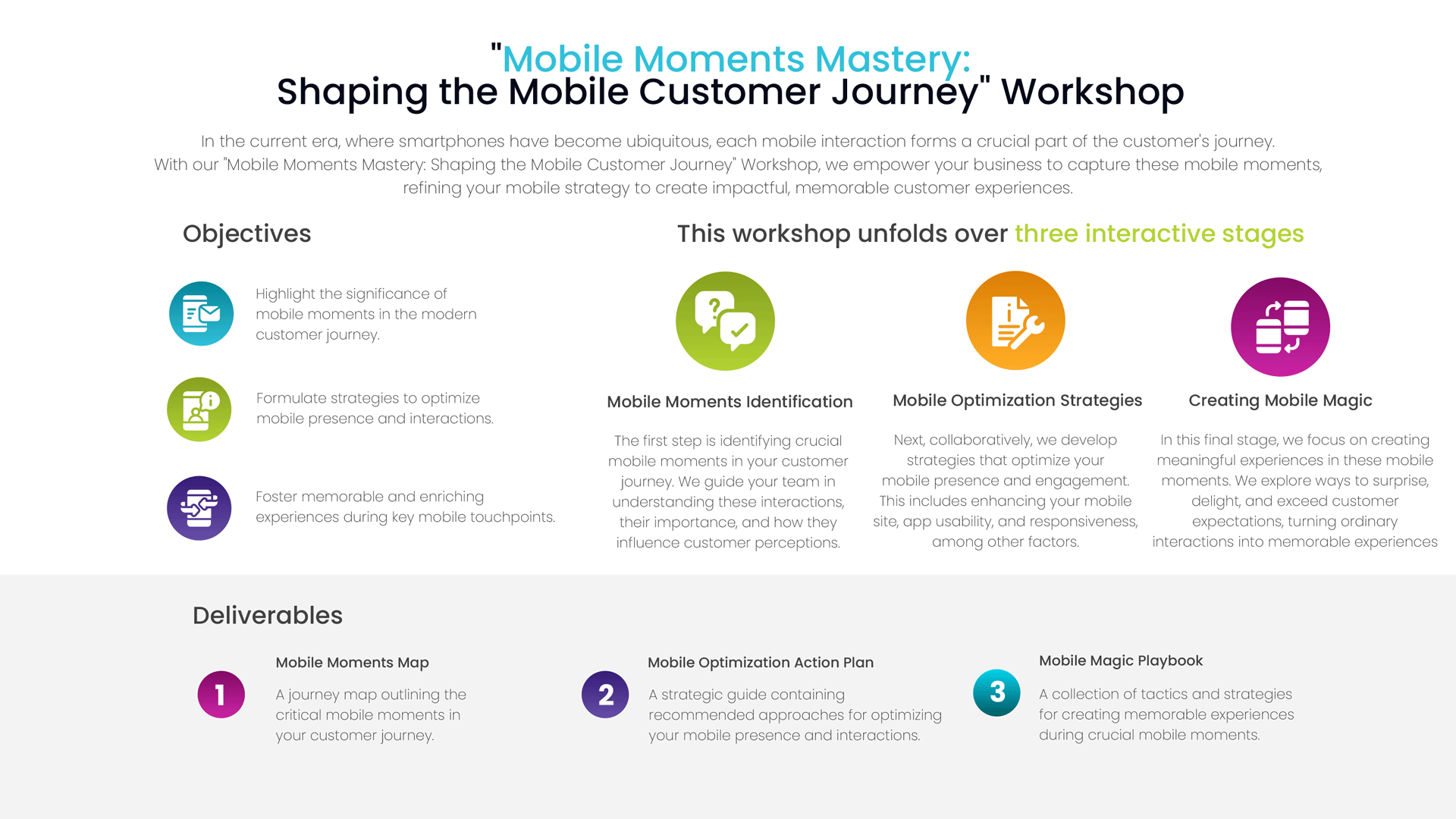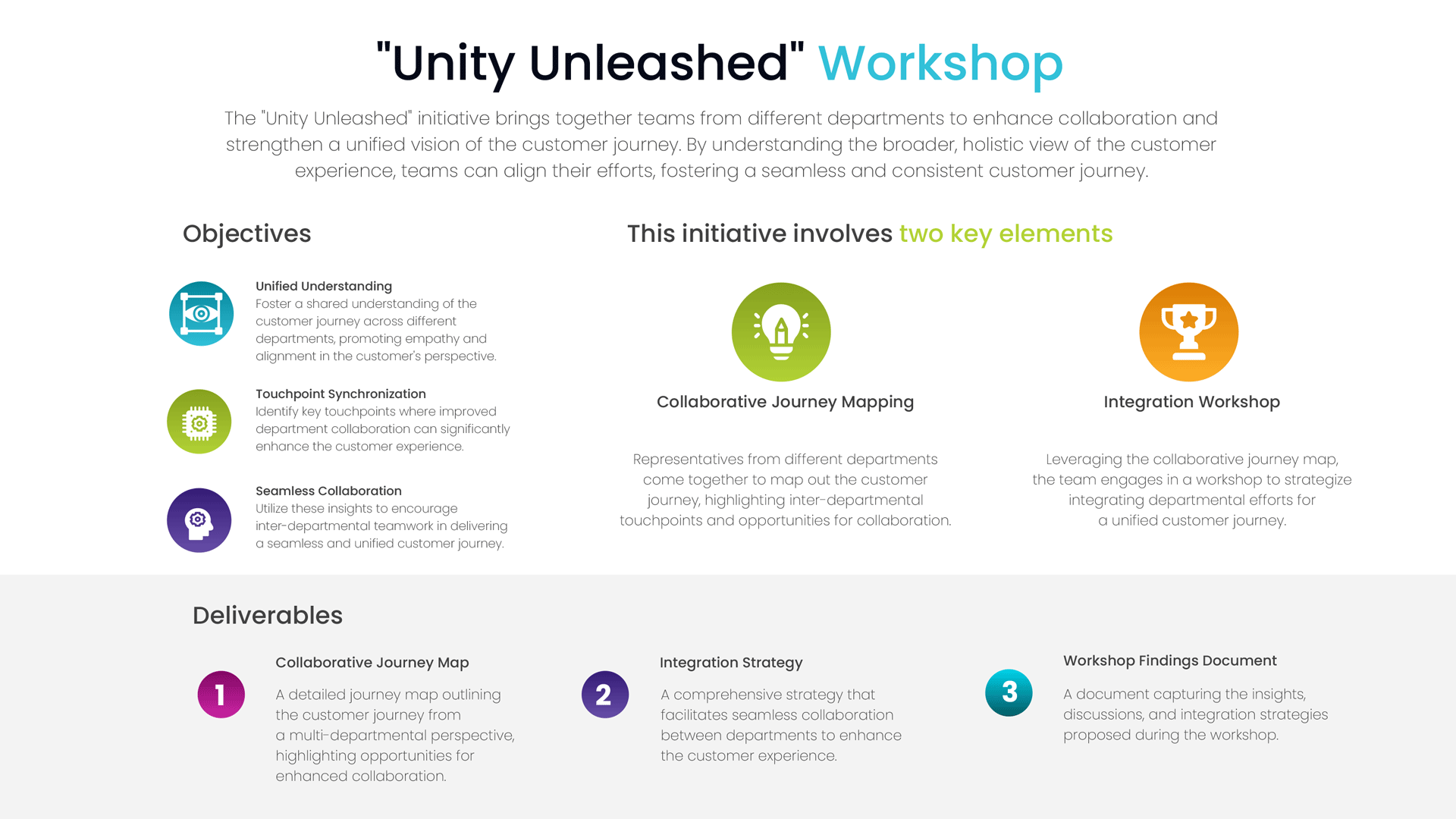In the multifaceted realm of brand experiences, every interaction tells a story, each one adding a strand to the complex weave that forms the brand’s identity. Amidst these, the role of apparel and branded products stand out, albeit subtly. They are more than mere tangible items; they are bearers of identity, cultivators of culture, and architects of experiences.
Bearing the Brand’s Identity
When we think of apparel and branded products, it’s easy to see them as simple physical items. However, they bear the brand’s logo, its identity. The colors, the design, every aspect is a silent narrator telling the brand’s story. When employees don apparel resonating with the brand’s ethos, or when customers use a branded product, the brand’s identity is not just seen, but felt. It’s an unspoken communication of what the brand stands for, creating a visual and emotional connection.
Cultivating a Culture
The apparel and products, branded with care, are seeds sown into the fertile ground of organizational culture. They foster a sense of belonging among employees, igniting a collective identity. When worn or used, they remind the bearers of the shared values and the collective mission, thus nurturing a culture that aligns with the brand’s narrative.
Architecting Experiences
The journey of crafting memorable experiences begins with the smallest of touchpoints. Apparel and branded products are among those initial touchpoints that set the stage. They carry the potential to leave lasting impressions, be it through the quality of fabric or the utility of the product. When a customer sees the logo, feels the quality, and appreciates the utility, a positive brand experience is etched in their memory.
Beyond the Surface
Delving beyond the surface, the narrative of apparel and branded products in branding is profound. It’s about creating touchpoints that not only resonate with the brand’s identity but also enrich the employee and customer experiences. They are silent yet potent narrators weaving the brand’s story, one interaction at a time.
Making these experiences matter
- Design with Identity in Mind: Craft the design of your apparel and branded products to reflect your brand’s ethos, values, and narrative. Ensure that every element from color to logo to tagline resonates with what your brand stands for.
- Quality as a Priority: Ensure the quality of apparel and branded products as they are a reflection of your brand’s commitment to excellence. High-quality items will not only enhance the brand’s perception but also create a more favorable experience for both employees and customers.
- Utilize as Engagement Tools: Use branded apparel and products as tools for engagement. They can be used in various customer engagement activities such as giveaways, contests, or as rewards for loyalty, thus creating positive brand associations.
- Foster Community and Culture: Encourage employees to wear branded apparel to foster a sense of community, pride, and alignment with the brand’s values. This in turn can lead to enhanced employee engagement and a more coherent brand representation in every customer interaction.
- Leverage for Consistent Messaging: Utilize the insights from how apparel and branded products are received to maintain a consistent brand message across all touchpoints. Whether it’s the positive feedback on the design or the way the logo is showcased, use these insights to ensure a coherent brand narrative across other channels, be it digital or physical, ensuring a seamless brand experience for all stakeholders.
Final Thoughts
The role of apparel and branded products is instrumental in shaping both employee and customer experiences. They act as tangible embodiments of a brand’s identity, instilling a sense of belonging and pride among employees, which in turn reflects in their interactions with customers. For customers, these items serve as physical touchpoints with the brand, where the quality and design can significantly impact their perception and overall experience with the brand. Moreover, the consistency in brand messaging through apparel and products fosters trust and loyalty among customers. By strategically designing and utilizing apparel and branded products, companies can cultivate a positive culture internally and project a coherent, appealing brand identity externally, thus enriching the overall experience for both employees and customers.










